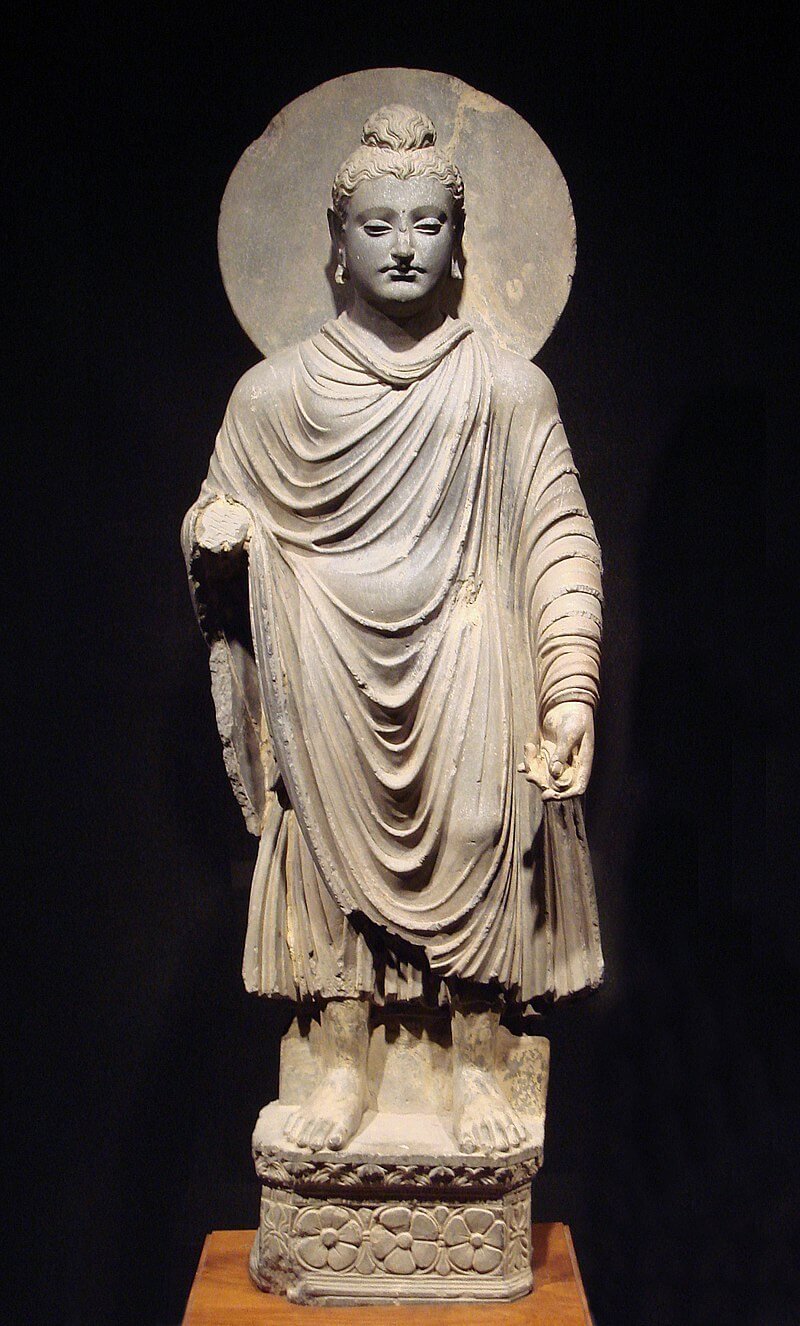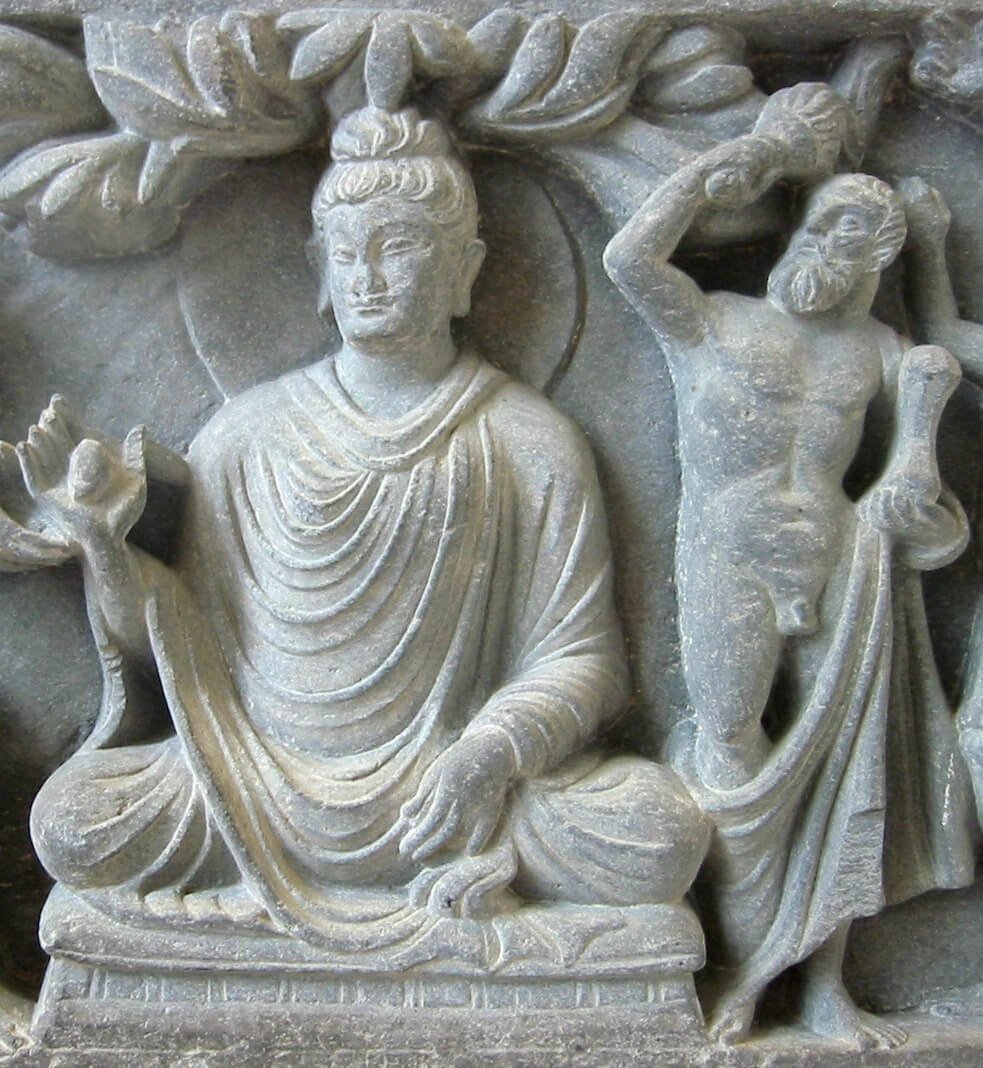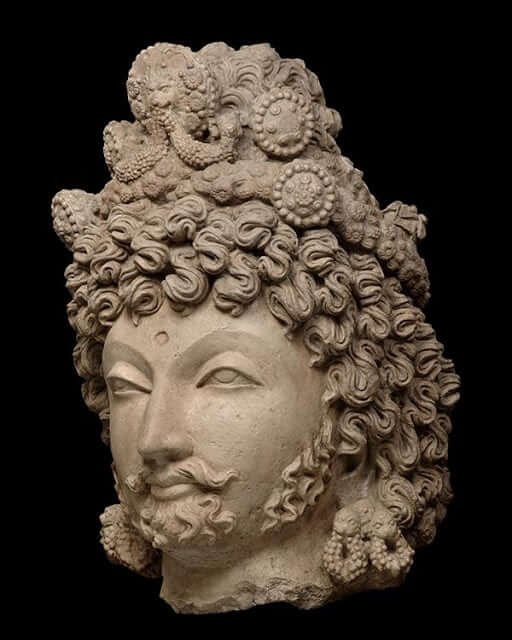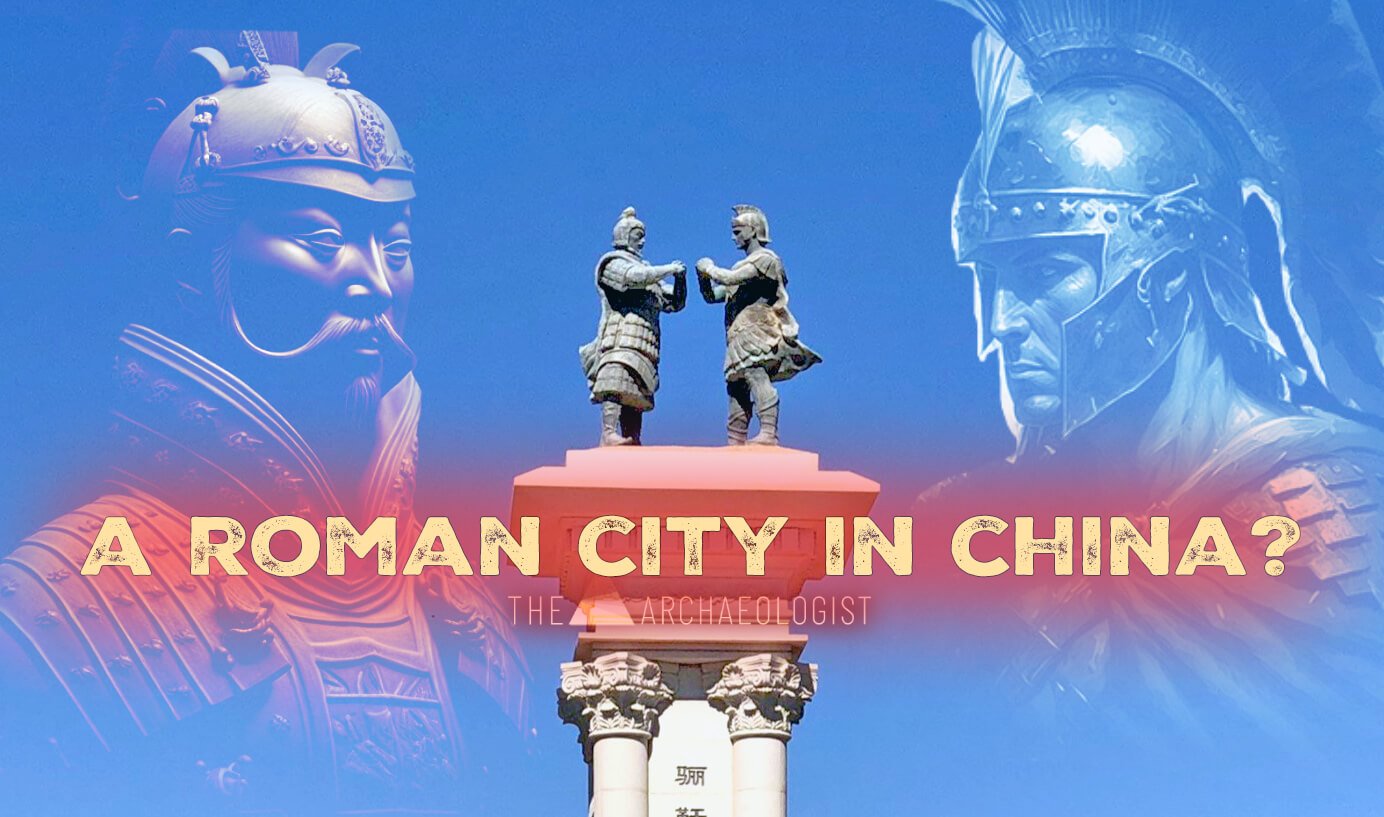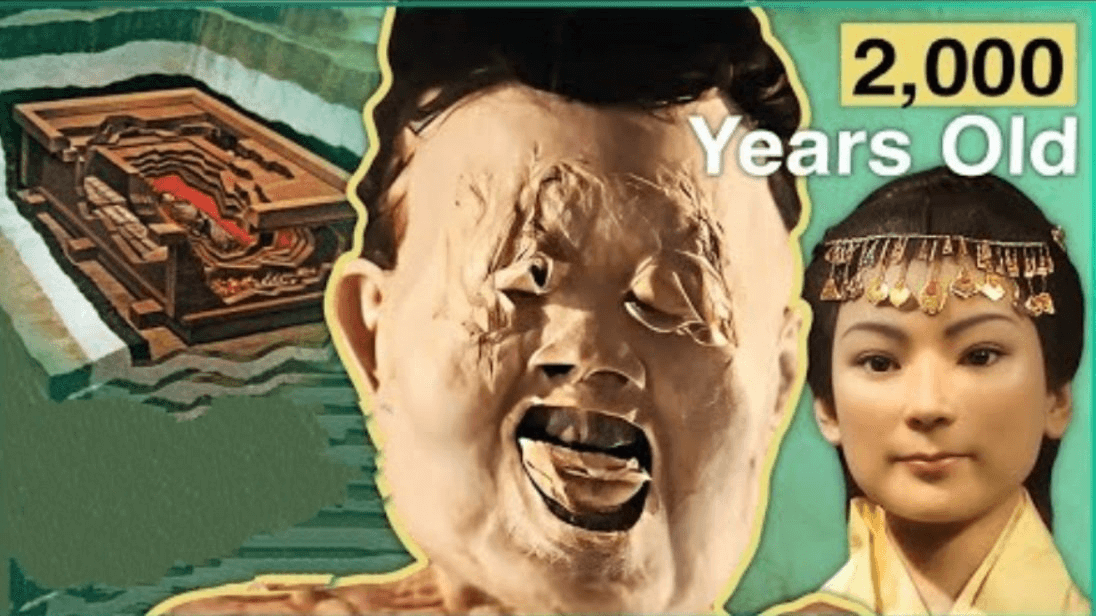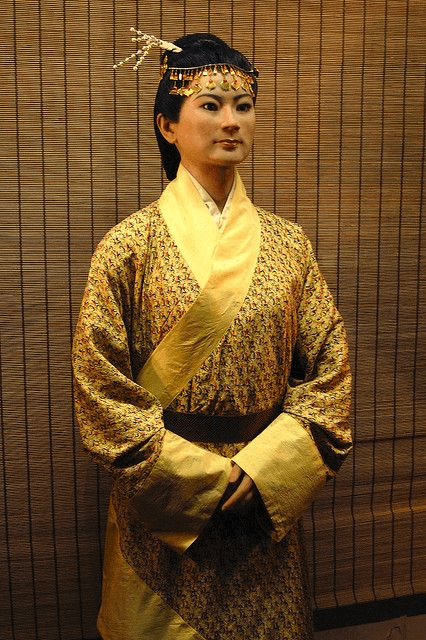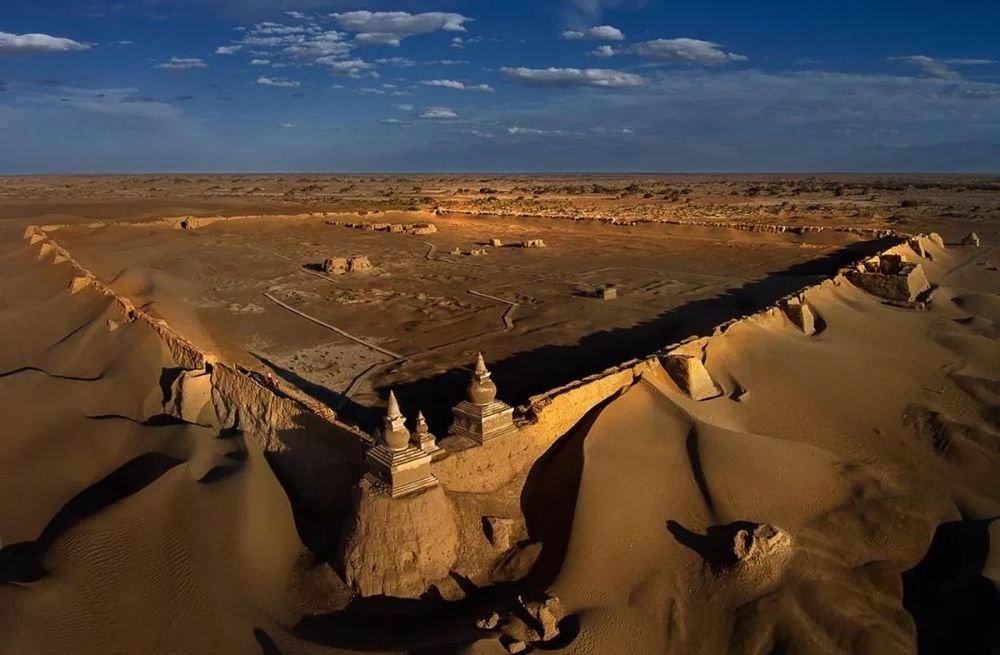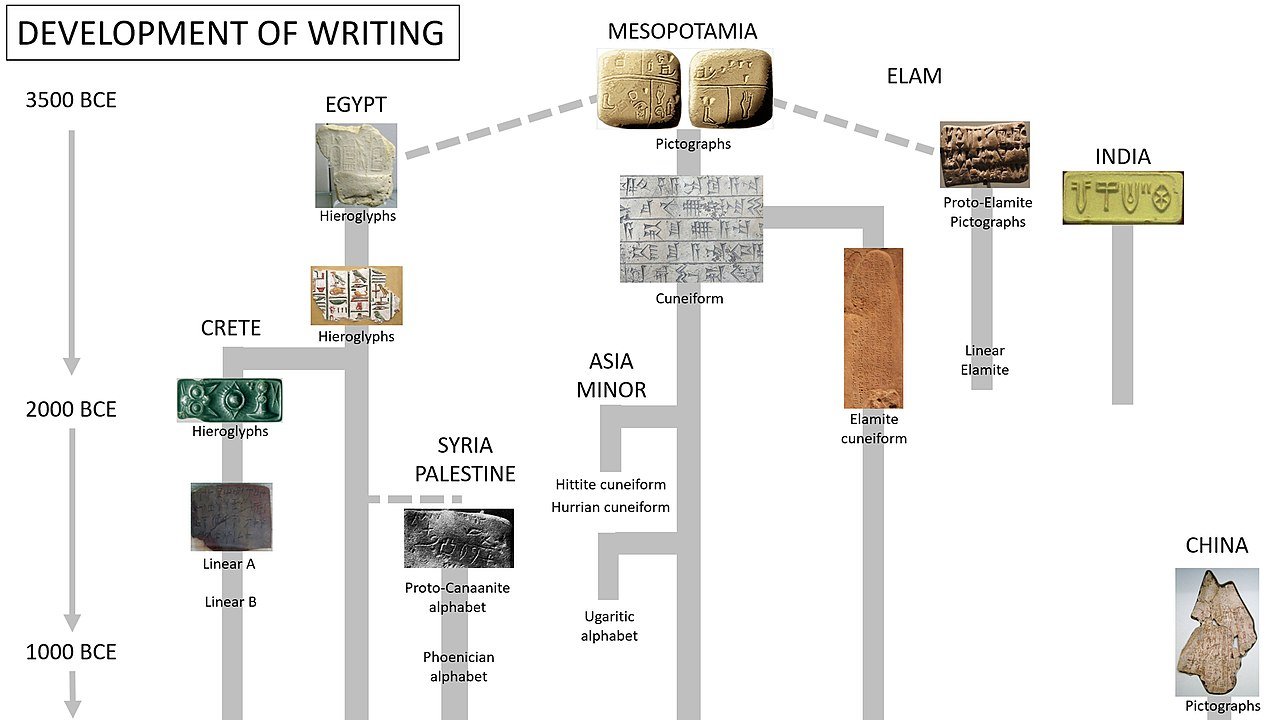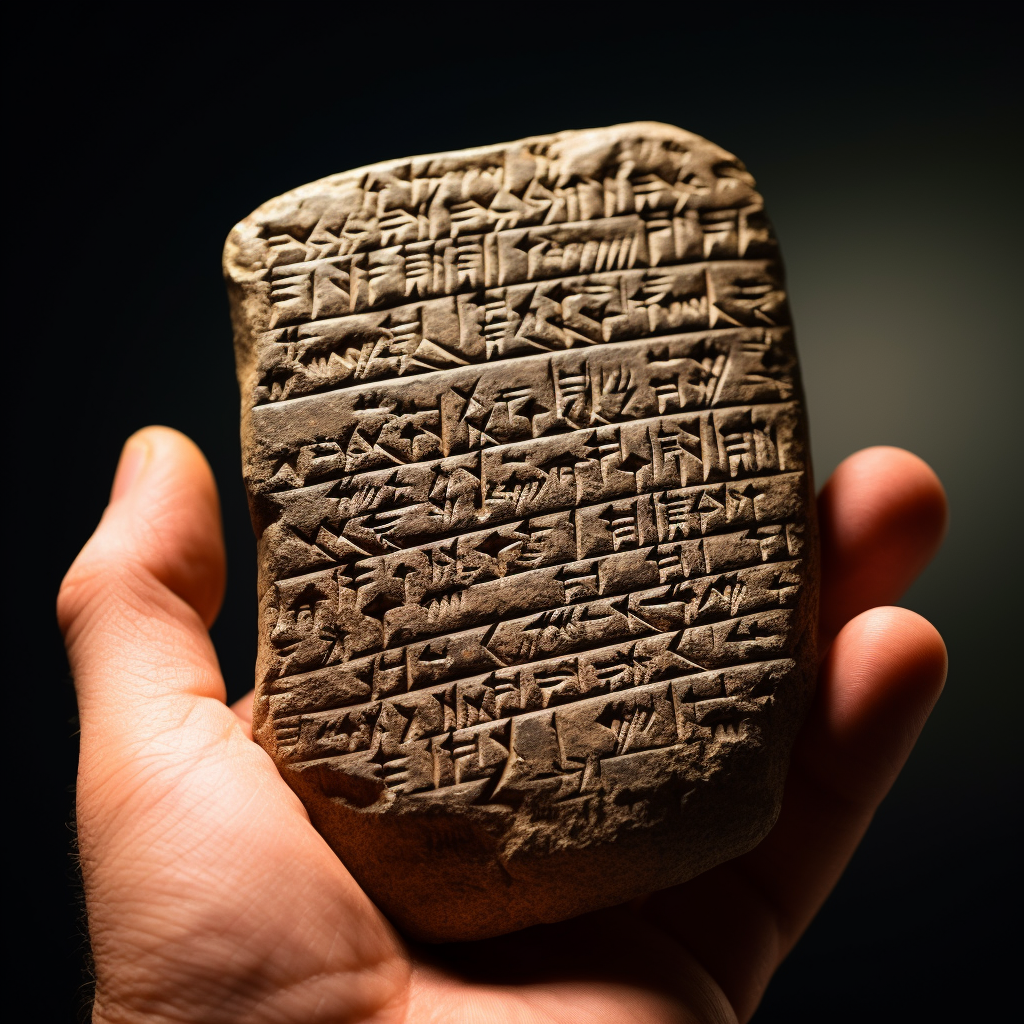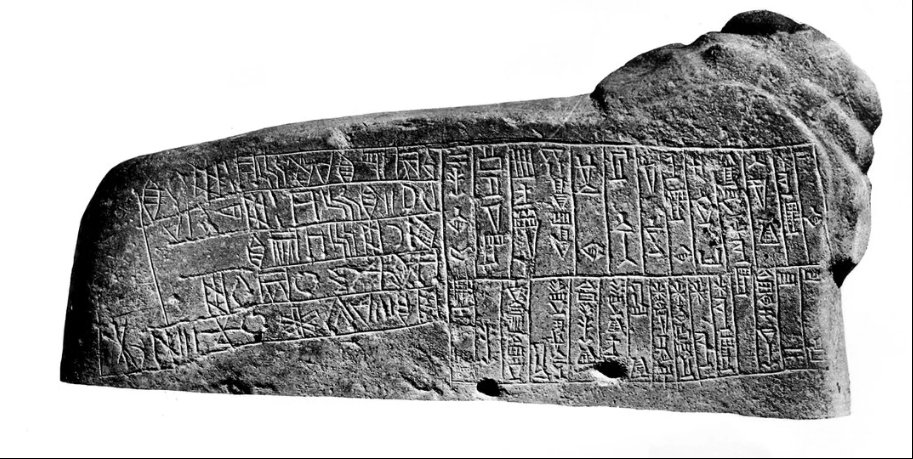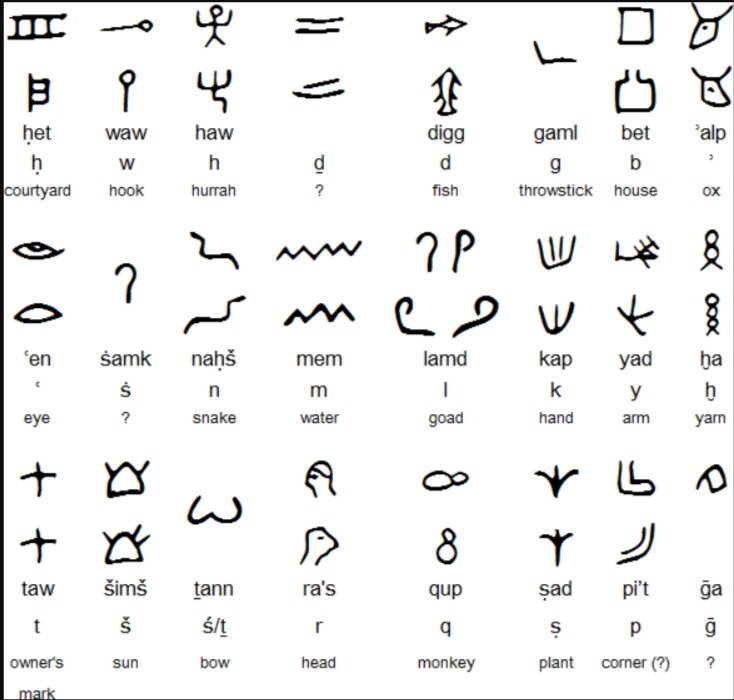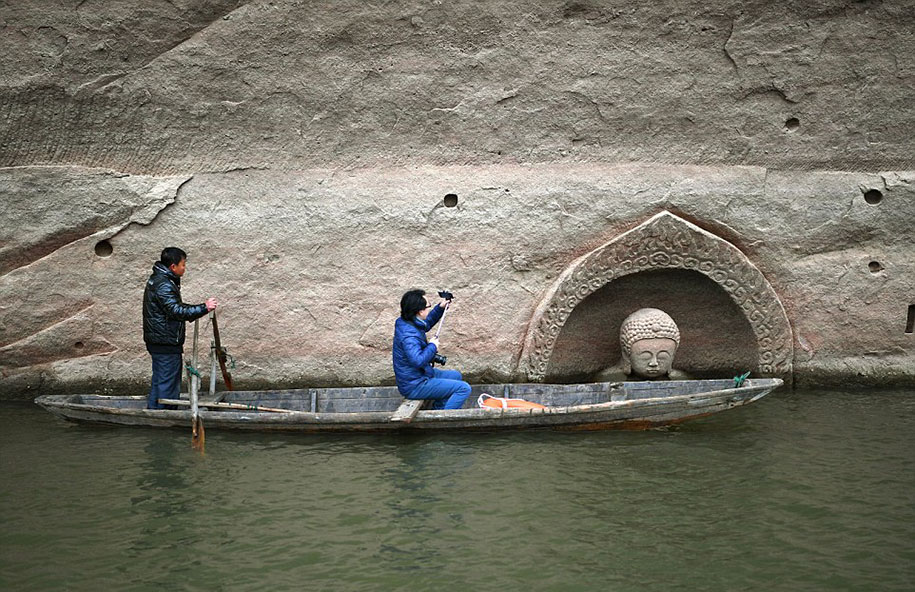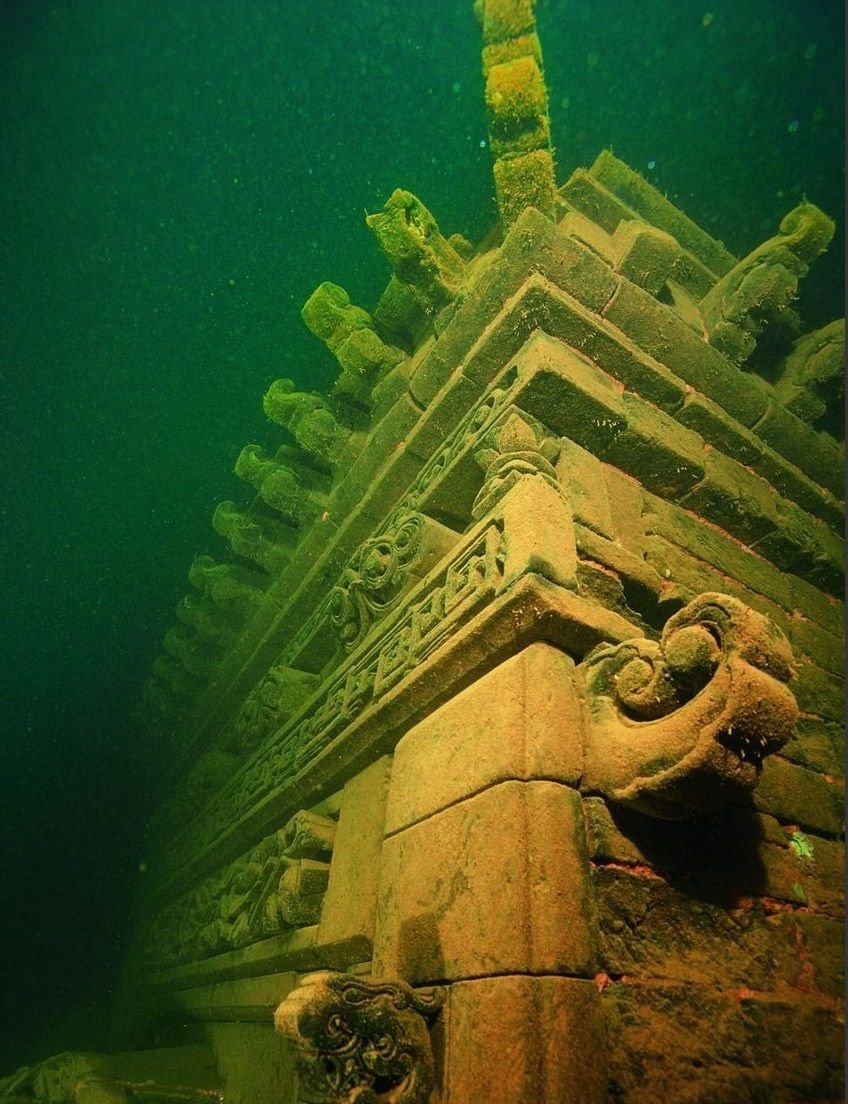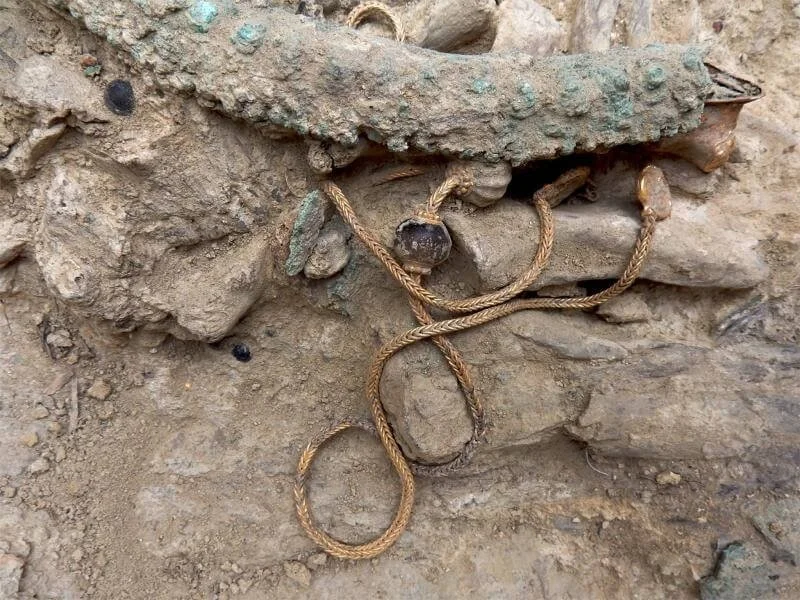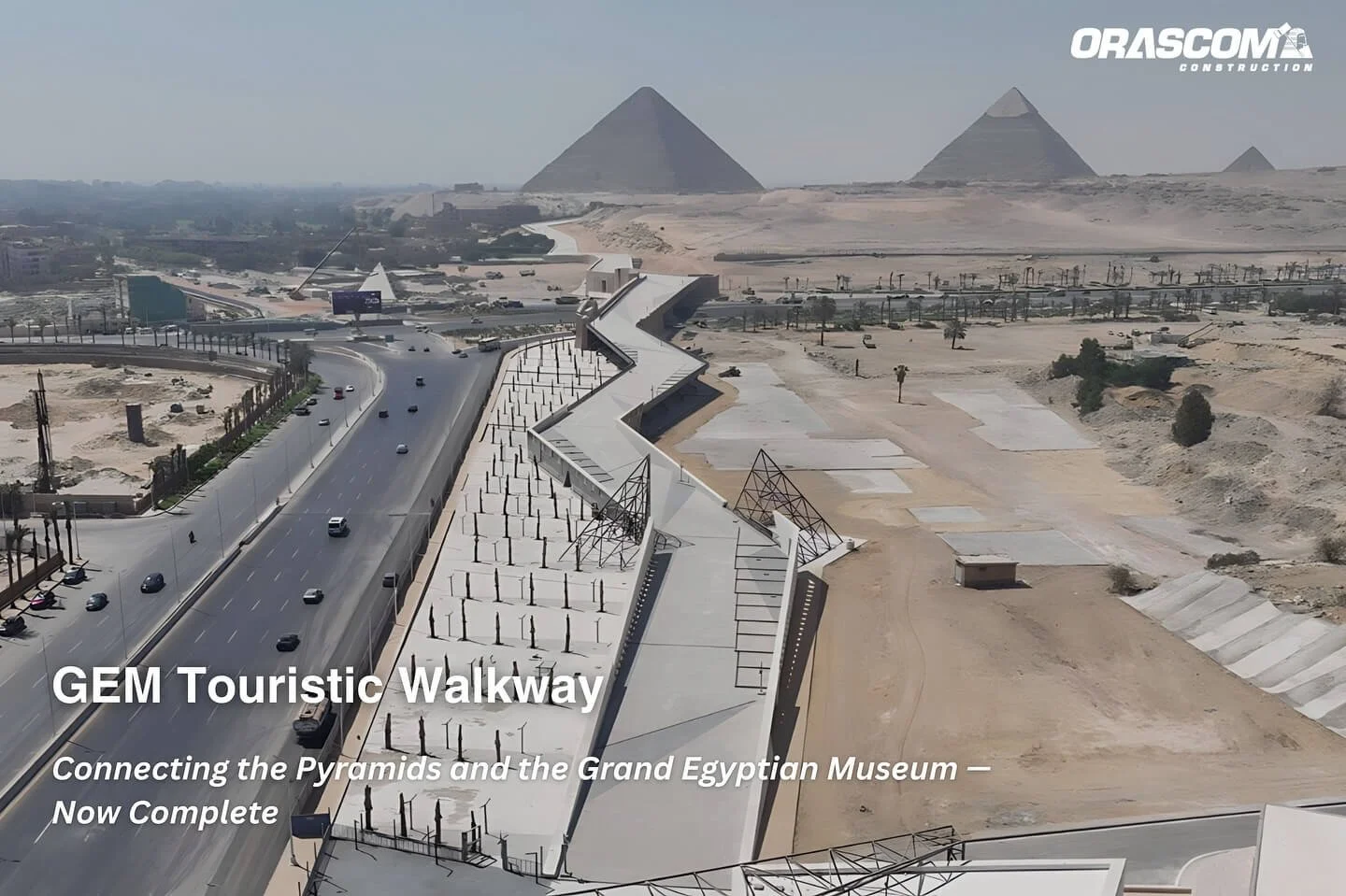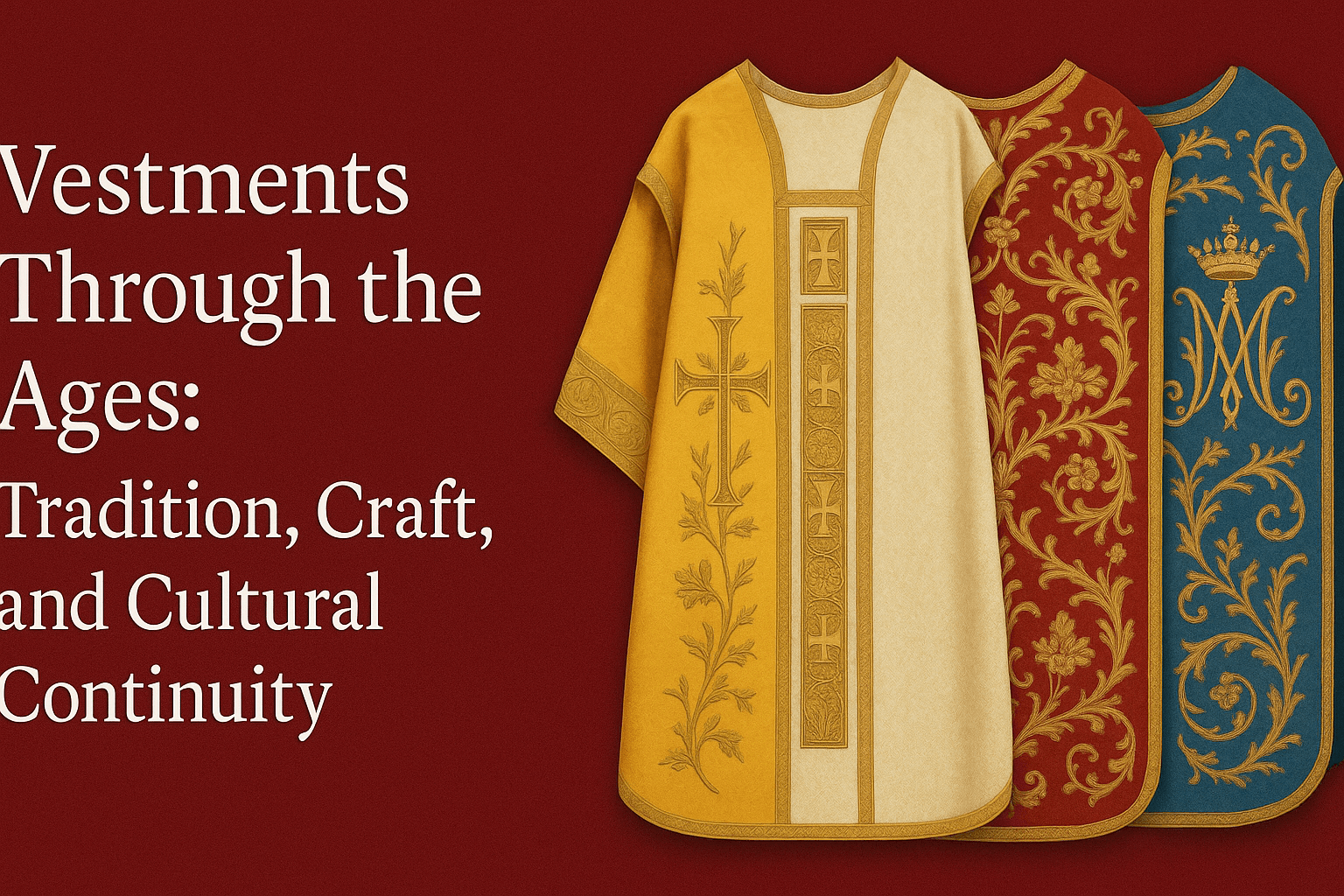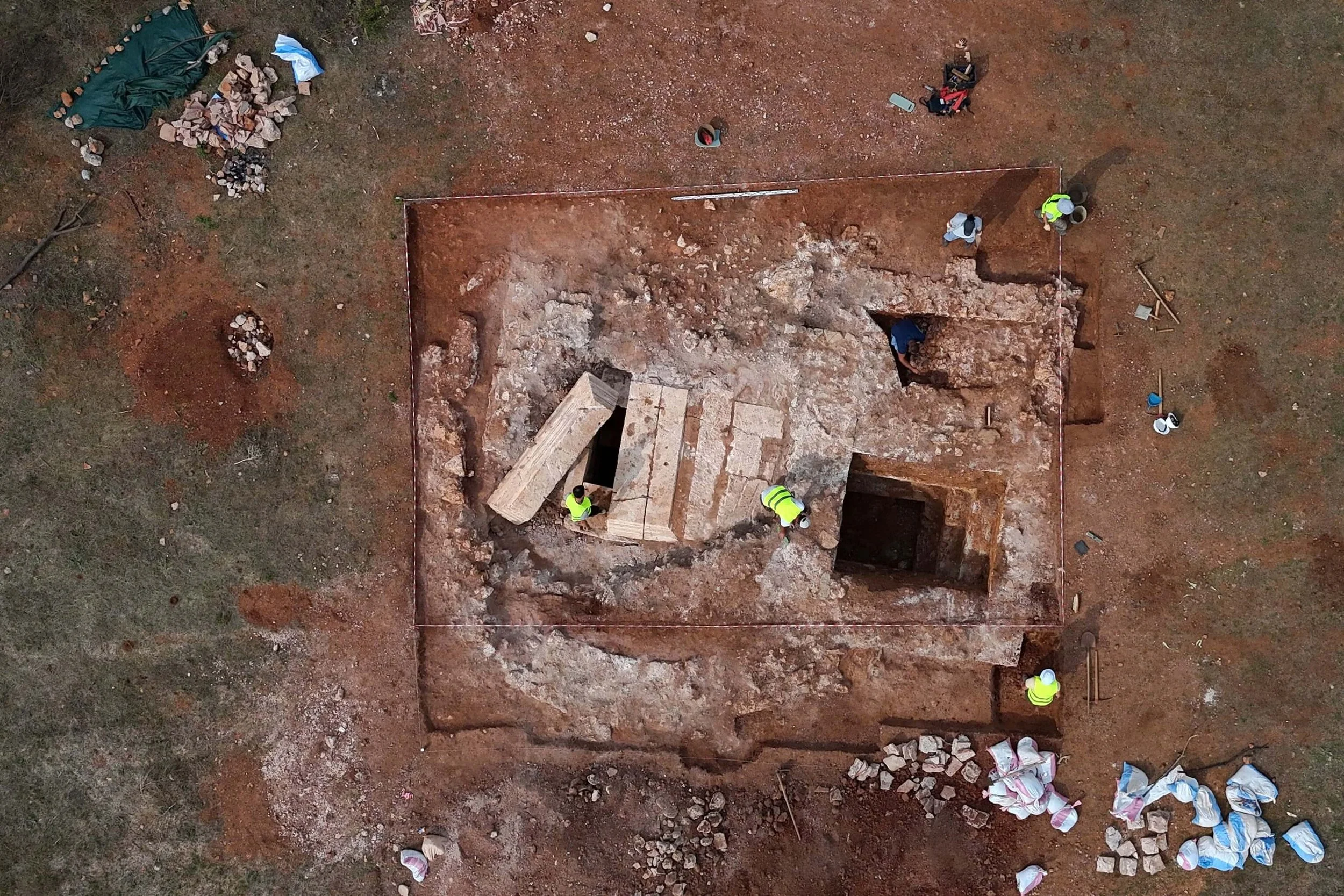Hidden deep within the heart of China lies the Hejin City Fortress, an ancient and mysterious structure that has stood for over a millennium. Despite its formidable appearance, the origins and the very identity of its builders remain shrouded in mystery. Local inhabitants have lived in its shadow for centuries, yet even they are left pondering who constructed this monumental fortress and why. This enduring enigma has baffled historians, archaeologists, and locals alike, prompting a deeper exploration into its fascinating yet elusive past.
The Geographic Setting
The Hejin City Fortress is nestled in the Hejin region of Shanxi Province, located on the northern banks of the Yellow River. The area’s strategic location—at the confluence of major water routes and surrounded by mountainous terrain—suggests that the fortress was deliberately constructed here as a defensive stronghold. The Yellow River, often referred to as the "Mother River of China," has played a pivotal role in the development of Chinese civilization. Its proximity to the fortress further hints at the site's historical significance, possibly as a control point for river traffic or as a buffer zone against northern invasions.
Architectural Features: A Testament to Ancient Ingenuity
One of the most striking aspects of the Hejin City Fortress is its architecture. The structure is built with massive stone walls, some sections reaching heights of over 10 meters (33 feet). The construction techniques showcase advanced knowledge of masonry and fortification design, yet the precise methods and tools used remain a topic of debate. The walls are reinforced with a combination of earthworks and stone blocks, suggesting a blend of different architectural traditions that are difficult to trace to a single known civilization.
The fortress layout is particularly intriguing. It features a series of interlocking walls and towers, designed to maximize defense against external threats. The gates are narrow and strategically placed, making it difficult for large invading forces to enter. The design appears to be a hybrid of Chinese and potentially nomadic influences, blending the defensive style seen in ancient Chinese cities with elements reminiscent of the northern steppe cultures.
Theories on the Builders: Who Constructed Hejin Fortress?
The mystery of the Hejin City Fortress lies not only in its physical form but also in the obscurity of its creators. Several theories have emerged over the years, each attempting to solve this ancient puzzle:
Local Dynastic Builders: One prevailing theory is that the fortress was constructed during the Tang or early Song Dynasty (7th to 11th century CE) as a defensive measure against invasions from the north. During these periods, China was frequently at odds with various nomadic tribes, such as the Khitans and later the Jurchens. The strategic placement of the fortress suggests that it may have served as a military outpost to protect the interior regions from incursions.
Northern Nomadic Tribes: Another compelling theory posits that the fortress was actually built by one of the powerful nomadic tribes that roamed the northern borders of ancient China. The Xiongnu, Xianbei, or even the Khitans could have constructed the fortress as a stronghold during their incursions into Chinese territory. The fortress's design elements, which bear similarities to steppe fortifications, lend some weight to this hypothesis.
A Mysterious Lost Civilization: Some researchers suggest the possibility of a lost or little-known culture that predates the well-documented Chinese dynasties. This theory hinges on the fortress’s unusual construction techniques and its distinct blend of architectural styles, which do not perfectly align with known Chinese or nomadic methods. If true, the Hejin City Fortress could be a rare and invaluable relic of an ancient civilization that once thrived along the Yellow River but left behind little in the way of written records.
The Lack of Historical Records
Despite its imposing presence, historical records mentioning the Hejin City Fortress are conspicuously absent. Ancient Chinese historians, who meticulously documented many aspects of military and political history, make no direct reference to its construction. This silence has only fueled speculation, with some suggesting that the fortress may have been deliberately omitted from records due to its sensitive military nature or its association with an unknown, possibly rival group.
Recent Archaeological Investigations
In recent years, archaeological teams have begun to explore the Hejin City Fortress more intensively, hoping to uncover clues that could shed light on its origins. Excavations have revealed remnants of pottery, tools, and other artifacts that offer tantalizing hints about the people who may have lived or worked in the fortress. However, these findings have yet to provide definitive answers. The artifacts suggest a complex cultural interaction, pointing to influences from both Chinese dynastic and nomadic traditions.
Carbon dating of the materials found on-site has placed the construction of the fortress somewhere between the late Tang Dynasty (around the 9th century CE) and the early Song Dynasty (10th-11th centuries CE). Yet, this timeline remains broad, and the lack of definitive inscriptions or written records complicates efforts to pinpoint a specific builder.
The Fortress in Local Folklore
Among the local populace, the fortress is often referred to as the "Ghost Fortress" or "The Hidden Citadel." Stories passed down through generations speak of a powerful warlord or king who built the fortress to protect a lost treasure or sacred relic. Others tell of an ancient tribe that vanished mysteriously, leaving only the fortress as a silent testament to their once-great power. These legends, while likely embellished over time, add a layer of mystique that continues to captivate both residents and visitors.
The Legacy of the Hejin City Fortress
Today, the Hejin City Fortress stands as a stark reminder of China’s rich and often enigmatic past. Its stone walls bear silent witness to centuries of history, conflict, and cultural exchange. Despite the efforts of archaeologists and historians, the true story behind its construction remains a mystery. It serves as a symbol of the many layers of history that lie hidden beneath the surface of modern China, waiting to be uncovered.
As research continues, the Hejin City Fortress may yet yield its secrets, offering new insights into ancient China's complex interactions with its neighbors and the mysterious cultures that once thrived along the banks of the Yellow River. Until then, it remains one of the country’s most fascinating and enduring historical enigmas—a fortress without a name, standing against the tide of time.












